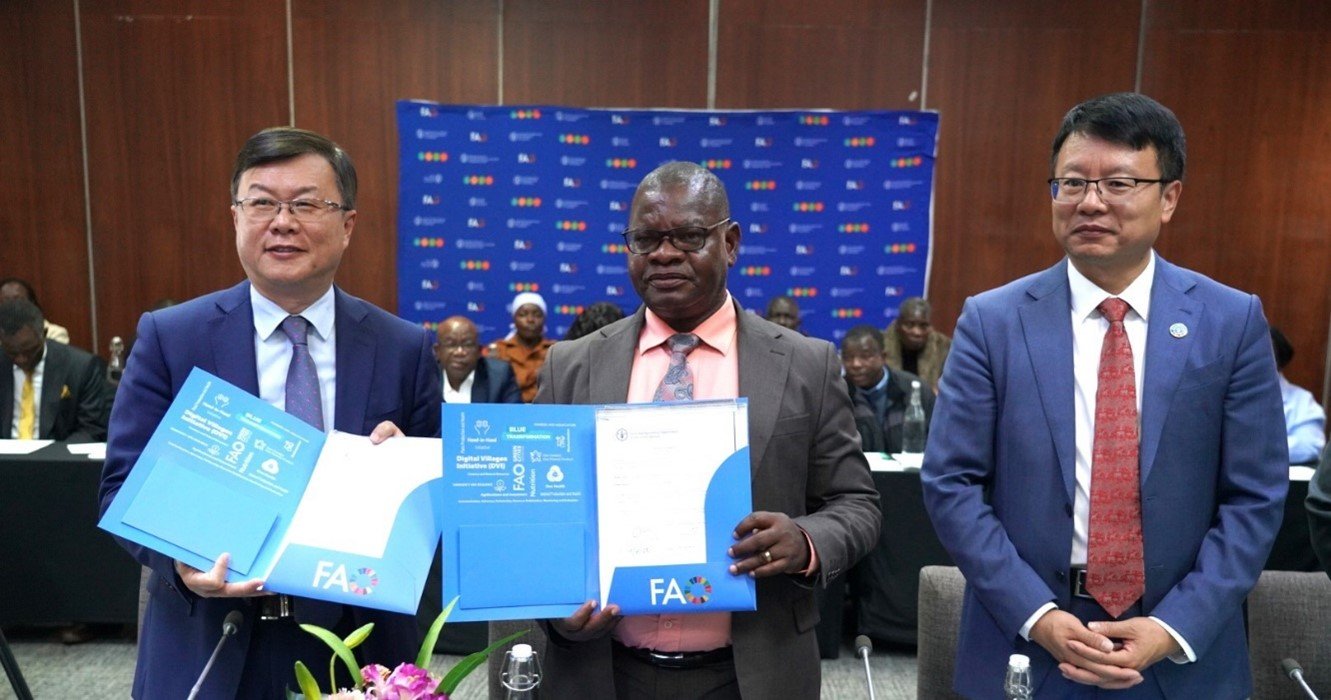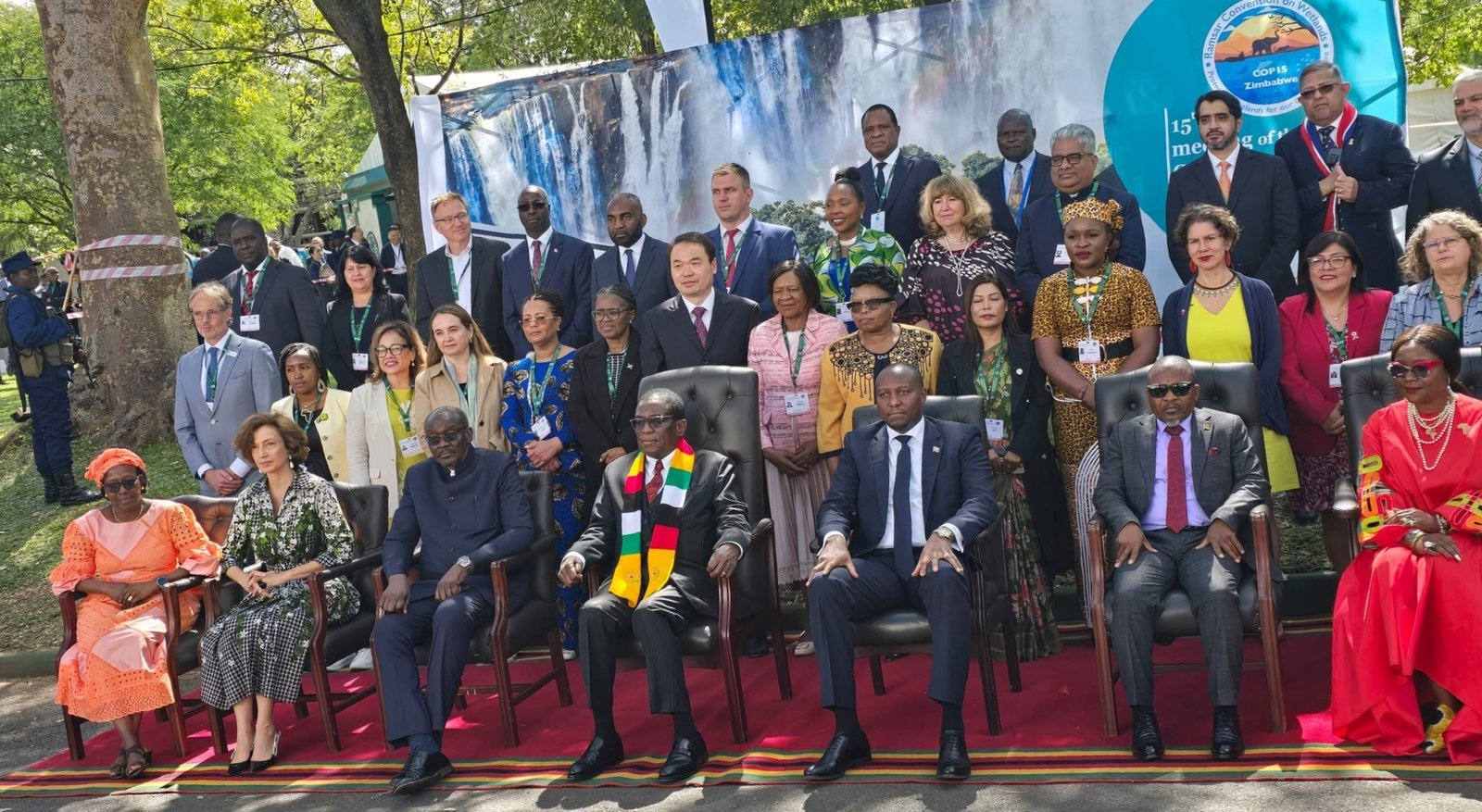Prolonged drought, erratic rainfall, and rising temperatures are threatening the livelihoods of smallholder farmers in southern Zimbabwe, prompting a government-led effort to build climate resilience and improve market access.
Zimbabwe has introduced a multi-year initiative designed to transition farmers from subsistence agriculture to more sustainable, market-oriented farming systems. The program is supported by the Green Climate Fund (GCF) and the United Nations Development Programme (UNDP).
At the centre of the initiative are Innovation Platforms, collaborative hubs that bring together farmers, researchers, extension officers, government agencies and private sector actors to tailor solutions to local climate and production challenges.
“Innovation Platforms (IPs). These are not just centres of knowledge, they are dynamic, multi-stakeholder ecosystems established to unlock local agricultural potential and drive climate-smart innovation across key value chains,” UNDP statement reads.
“Each IP created customized strategies by working closely with farmers, researchers, extension workers, businesses, and government officials. These strategies directly respond to local climatic, production, and market-related challenges faced by farmers.”
Across the five platforms, UNDP says the programme uses a hybrid Innovation Platform–Farmer Field School (PFFS) model to combine research and indigenous knowledge. Farmers are trained in hands-on techniques aimed at enhancing productivity and climate resilience.
Five platforms have been established across key agricultural research centres, each addressing specific crops and livestock priorities in climate-stressed areas.
Matopos Research Institute, efforts are underway to improve cattle productivity through semen harvesting and fodder seed multiplication.
“This not only strengthens genetic resilience but also improves livestock productivity and feed security. This innovation platform ensures small holder farmers have access to affordable and quality cattle breeds that can adapt easily in their local climate conditions.”
Farmers are also receiving support to produce and select drought-tolerant grains like sorghum and millet, with training on livestock feed production to boost income.
“This Participatory Varietal Selection (PVS) boosts ownership and sustainability of seed systems and it reduces dependence on external sources and enhances resilience in crop production. Using available resources, the IP is training farmers to produce feed for their livestock that ensures quality livestock with high profits in the market,” said the organisation.
Esigodini Agricultural College has created a goat breeding and training hub focused on climate-resilient crossbreeds. The programme prioritises support for women and youth, with 421 lead farmers trained so far and each mentoring 10 peers.
In central Zimbabwe, Makoholi Research Institute is promoting indigenous cattle and sheep breeds, alongside climate-smart sweet potato cultivation. Farmers are also being trained in value addition, such as drying and processing sweet potato into flour and puree to boost shelf life and income.
Chiredzi Research Station is introducing farmers to drought-tolerant red sorghum and heat-tolerant mango and citrus varieties. Nursery sites have been set up at the ward level to improve access to seedlings. Mechanised planting methods are being promoted to reduce labour demands, especially for women.
At Chisumbanje Research Station, sesame and finger millet are being revived through improved access to certified seed and targeted training. Around 1,800 lead farmers and 35 extension officers have been trained in sesame agronomy, harvesting, and post-harvest handling, supported by market facilitation initiatives.
To date, over $900,000 has been invested in the project, which expects to directly benefit more than 75,000 households and indirectly impact up to 1.8 million people. More than 2,000 lead farmers and 21,000 follower farmers have adopted drought-tolerant crops such as sorghum, millet, sesame, and sweet potato, as well as resilient livestock breeds like indigenous cattle and goats.
By linking farmers to inputs, training, and markets, the platforms are helping to strengthen food security and income generation.Organisers say early results suggest the model could be scaled up nationally, offering a blueprint for climate-smart agriculture in other vulnerable regions.





